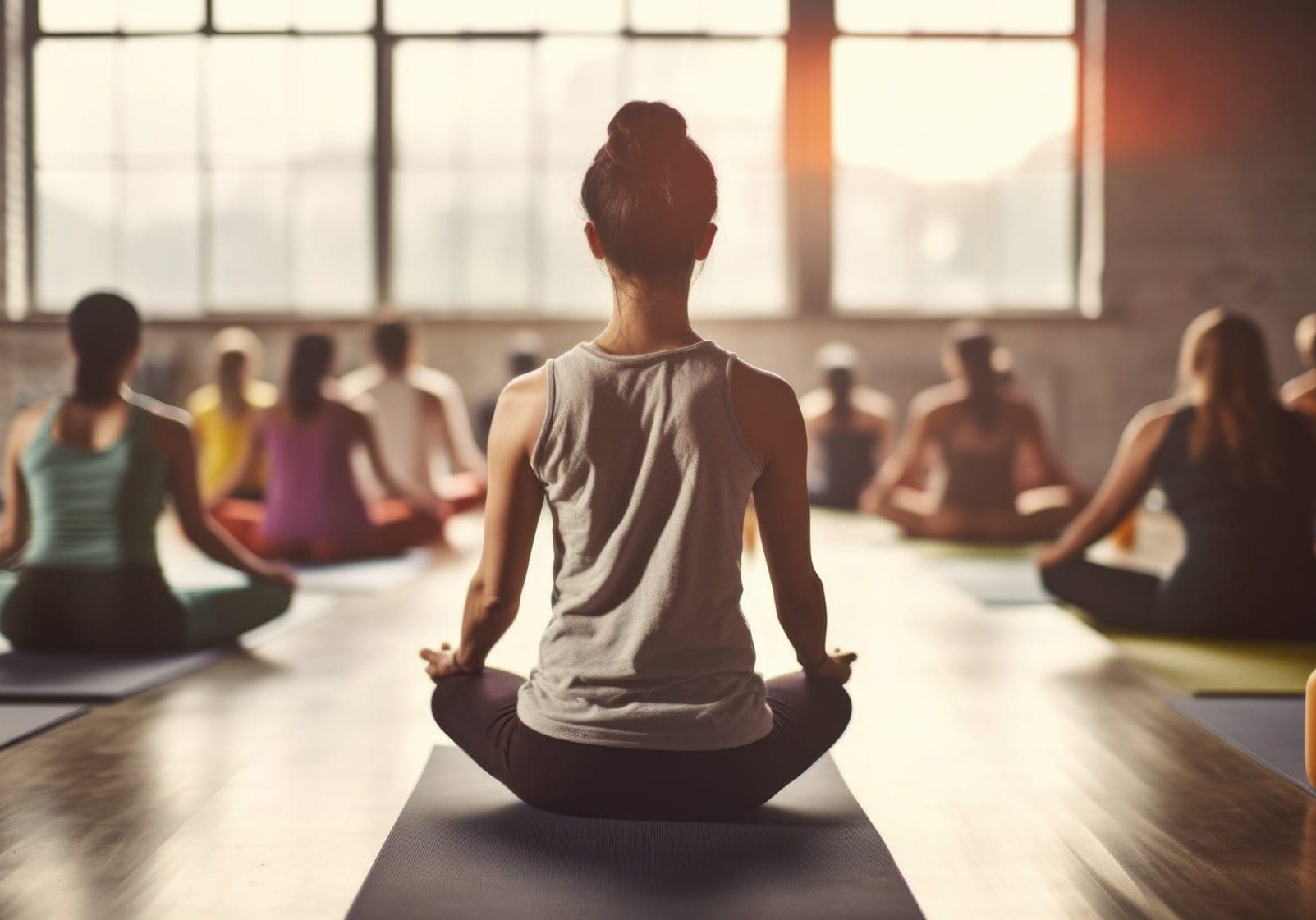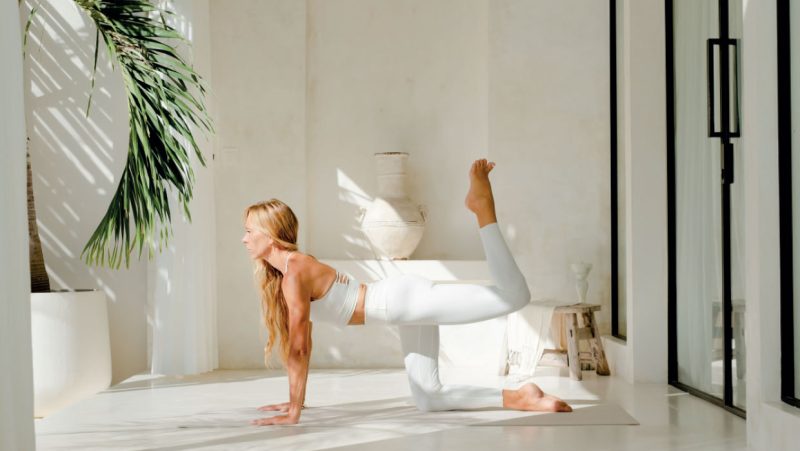
Yoga Class Etiquette
Etiquette Tips for a Harmonious Practice - By Sian Siekierski
Reading time: 3 minutes
If you are starting or restarting an in-person group yoga class this new year, here are some etiquette guidelines to help you and others get the most the most from your sessions.
There is a discipline, rigour and respectfulness to yoga, and you may well find that your own experience of the practice deepens and becomes more meaningful if you abide by these guidelines. Some teachers are quiet, some are chatty; some authoritative, others cheery or relaxed. You'll find a teacher and class that you align with, but these recommendations apply to most yoga classes.
1) Arrive in time
Firstly, give yourself enough time to arrive in class and set up your mat.
10-15 minutes minutes before class is ideal. Less time than this may mean you feel flustered, especially in wintertime when you have several layers to peel off!
Settling on your mat* in good time will help you become centred and ready to enter your yoga zone.
2) Be respectful of others if you are late
Sometimes you’re late and it just can’t be helped: perhaps you’re battling traffic or other circumstances outside of your control. Most teachers will want to accommodate this as they will be happy you have shown up to practice. However, if lateness is becoming a regular thing for you, look at how you can adjust your preparations to give yourself more time.
If you are late, come into class very quietly and place your mat nearest the door so that there is minimal disruption to others.
3) Begin class considerately
You may well have friends in your yoga class and it’s lovely to chat with them before class begins (another reason to arrive in good time). However, the yoga room is traditionally a silent space, so be considerate of those who prefer a quiet and peaceful start to their class, perhaps in seated meditation or lying down to prepare.
Your teacher will signal when it’s time for class to start by either sitting ready or calling attention.
4) Limit distractions
Yoga is a practice of drawing inwards. One of the eight limbs of yoga is ‘Pratyahara’ which translates as ‘withdrawal of the senses’ and it happens naturally when you become immersed in your yoga practice – your focus and attention draws inwards so you are barely aware of external sights, sounds or disturbances.
You can help this process along, though, by silencing mobile phones and leaving these in your bag, and only checking a watch or the clock at the start and end of the session if you need to.
Think also about whether you need that sip of water or is it just habitual to reach for your water bottle - or an excuse to back out of a challenging pose! Classically, yogis build ‘agni’ or ‘inner fire’ through their practice and drinking water is said to dampen this. So, unless it’s very hot, you are really sweating or uncomfortable, save the drink until the end when it is necessary to rehydrate.
5) Stay for Savasana!
When you have moved, breathed, focused and worked through your yoga practice, arriving in Savasana - the resting pose - can be blissfully relaxing. So bring yourself to stillness as quickly and quietly as possible, staying ‘in’ your practice rather than breaking your attention.
Only leave class without taking Savasana if you have made the teacher aware of this beforehand, if there is an emergency (of course), or the class has overrun and you have an appointment to keep.
Taking a yoga class can be challenging or unfamiliar, particularly if you are a beginner or used to fitness classes which don’t have a spiritual tradition. So, understanding these points of etiquette can help you, and others in the room, settle into the rhythm of classes more smoothly.
*commission earned from this link.







